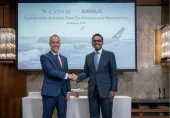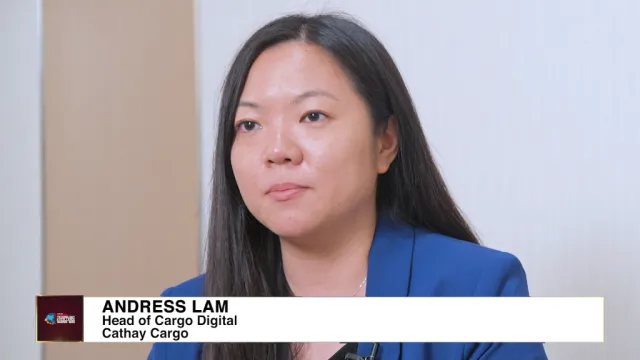
Aviation’s green flight path and carbon challenge
By Ken ConwayAirports connect air and ground transportation systems, and provide the stimulus for economic growth, international trade and social development.
As the only mode of transportation capable of moving goods and people large distances around the world quickly, aviation is unmistakably a far reaching economic generator and integrator of social and cultural fabrics.
However, the rise of the climate change agenda has ratcheted up pressure on airport operators and airlines to improve environmental performance.
According to the latest reports from the Intergovernmental Panel on Climate Change, aviation contributes 2% of total CO2 emissions and 3% of global greenhouse gas (GHG) emissions. With around 80% of aviation’s CO2 emissions produced from passenger flights longer than 1,500km in distance, carbon reduction programmes are now commanding centre stage at many of the world’s leading airports.
With long-range annual growth forecast at 5% over the coming decades, the aviation industry, through a coalition of industry bodies, namely the Air Transport Action Group (ATAG) and the International Civil Aviation Authority (ICAO) has set out a roadmap to reduce CO2 emissions.
This framework is based on a four pillar strategy of technological innovation, operational efficiency and infrastructure optimisation, sustainable biofuels and market-based fiscal measures. The role of airport operators in addressing their own GHG emissions and driving on-going collaboration with industry stakeholders will play a crucial role in reducing emissions from aircraft operations, ground transport and other related activities.
In what may surprise some protagonists, aviation has already made impressive strides in recent decades to reduce its environmental footprint. Today’s modern aircraft are 20 decibels quieter and 70% more fuel efficient per seat than the first generation turbofans that entered commercial service over 50 years ago. The new Airbus 380 ‘Super Jumbo’ is 20% more fuel efficient than the present day Boeing 747-400s, using less than three litres of Jet-A1 fuel per 100 passenger kilometres, matching the efficiency of most modern motor vehicles.
Yet with many of the world’s leading airports forecasting exponential growth in air traffic and passenger demand over the long term, balancing new runway capacity and operational efficiency is top of the list of future priorities.
Technological advancements and fleet up-gauging with larger, modern, ‘greener’ aircraft will drive future traffic, along with new runway and terminal capacity, and redevelopment needs. In looking ahead, aviation must deliver sustainable growth, actively protect the environment and maintain the long-term competitiveness and operational resilience of its airports—especially given that between 30% and 40% of emissions are produced by aircraft on the ground .
The safe and efficient movement of aircraft is fundamental to airfield performance, service quality and the wider carbon story. Well-balanced airfields act as a catalyst for the optimisation of aircraft movements, on-time performance and more efficient use of runways and taxiways. This in turn reduces fuel burn and CO2 emissions.
From an aircraft ground movement standpoint, the apron, stand and taxiway infrastructure provide the critical ‘gate-to-runway’ links. Keeping taxi distances and journey times to a minimum will enhance aircraft flows and carbon performance.
With aviation’s carbon challenge firmly embedded at the forefront of industry consciousness, it is important to reduce aviation’s contribution to climate change. Despite the progress that has been made in recent years, aviation must continue efforts to raise the bar on its ‘green credentials’.




















 Advertise
Advertise








